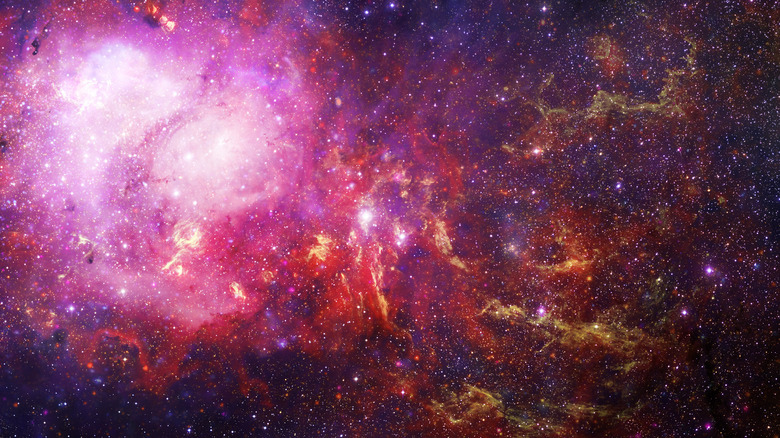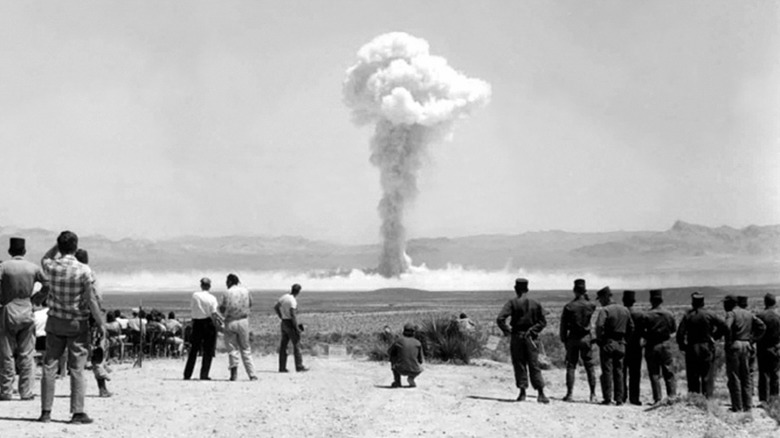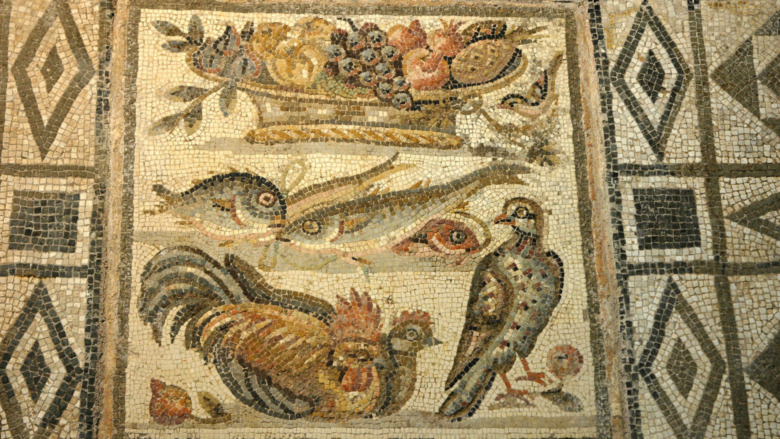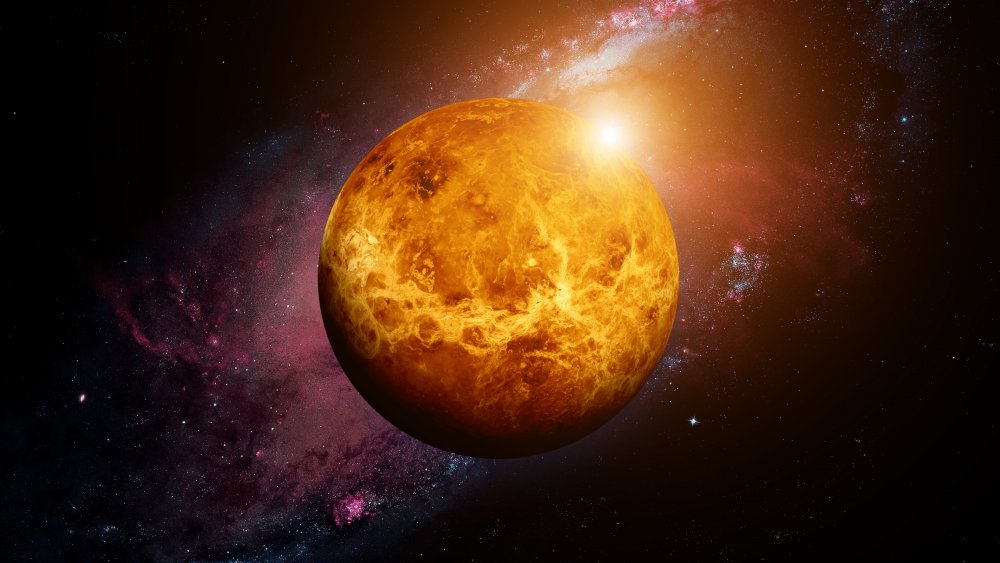
Can A Star Become A Planet?
We know far, far less about the distant reaches of outer space than we do about the depths of the oceans of our own planet (which also remain largely a mystery to us). Nevertheless, the pioneering work of astronomers continues, and it’s answering new and fascinating questions every day. On that note, let’s dive into one such question: Can a star become a planet? Here’s an explanation of the mysterious brown dwarf.
Stars, of course, aren’t all created equal. World Atlas reports that they have a diverse range of characteristics that affect the designations they are given. A protostar, for instance, is a gaseous star-to-be, formed by the collapse of larger clouds of gas and the gathering pressure of gravity. Tens of thousands of years later, the nuclear fusion that marks the energy release of a true star begins. A white dwarf, meanwhile, is a star that is essentially at the end of its life, all its hydrogen fuel spent, gradually losing its heat. There are many more designations, but only the curious brown dwarf has the potential to become a planet.
The befuddling brown dwarf
In Science Questions With Surprising Answers, physicist Dr. Christopher S. Baird writes that a brown dwarf isn’t always considered a true star, as it lacks the usual hydrogen nuclear reactions (the mass of a brown dwarf isn’t high enough for them to occur). They are not strictly planets to some, either, tending to occupy a central area in a solar system that is atypical of planets.
Baird explains that a brown dwarf does have the capacity to burn deuterium, also known as “heavy hydrogen.” It begins doing so shortly after forming, and with deuterium’s scarcity, it burns out relatively quickly. Per Ask An Astronomer, the light and heat created from its reactions are released, and the brown dwarf slowly cools in a similar fashion to a white dwarf. As it does so, it can be considered a planet.
According to Science ABC, a brown dwarf is a fascinating body that is too big to be a true planet, too small to be a true star, is simultaneously both and neither, and even transitions from one form to the other in a certain sense. In doing so, it becomes the center of a solar system, orbited by other planets. It’s unknown how many of them exist, but these “failed stars” may be as numerous as true ones.

The Tragic Real-Life Story Behind The Smartest Man To Ever Live

This Is Who Inherited Whitney Houston's Fortune After Her Death

What Was Melvin Van Peebles' Net Worth When He Died?

The Death Row Inmate Who Survived Lethal Injection
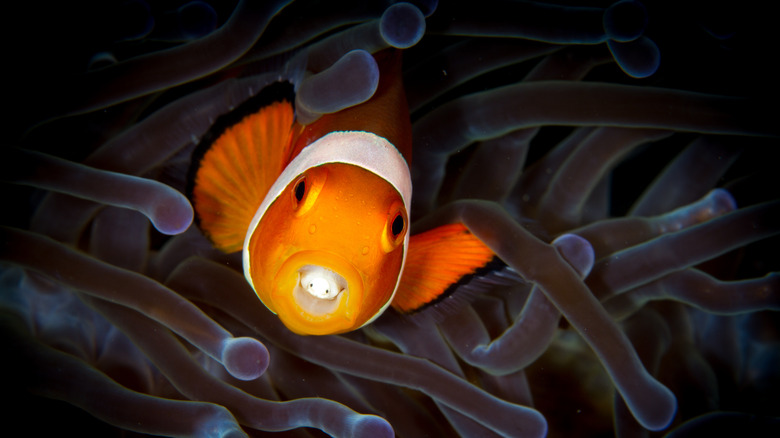
Here's What Makes Cymothoa Exigua So Scary

The Titanic's First Class Passengers Were More Likely To Survive. Here's Why

The Truth About The Deadly 1970 Bhola Cyclone

Here's What Would Happen If You Fired A Gun In Space

This Is What Jesus Really Looked Like In The Bible

Why Do People Break Up During The Holidays?
